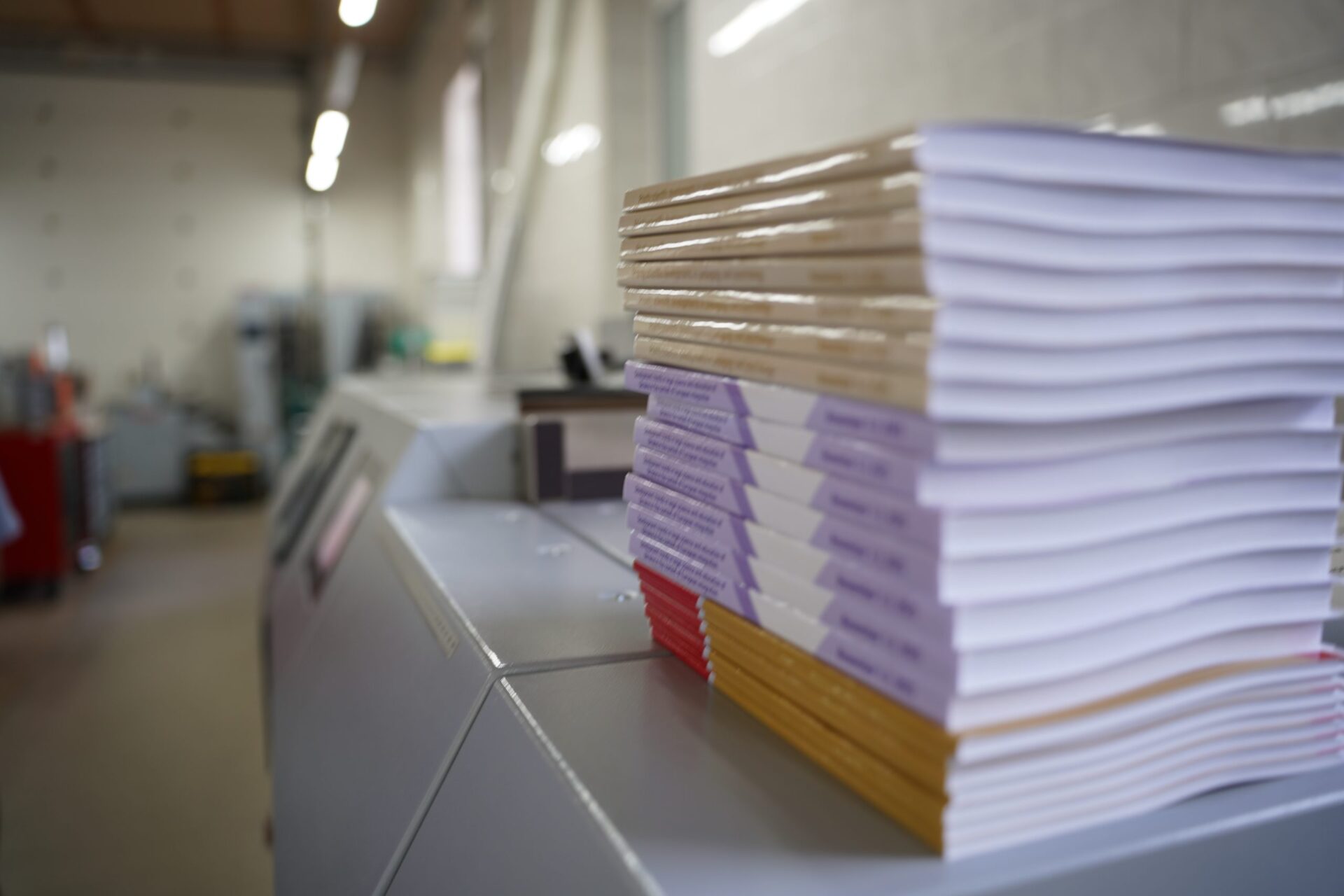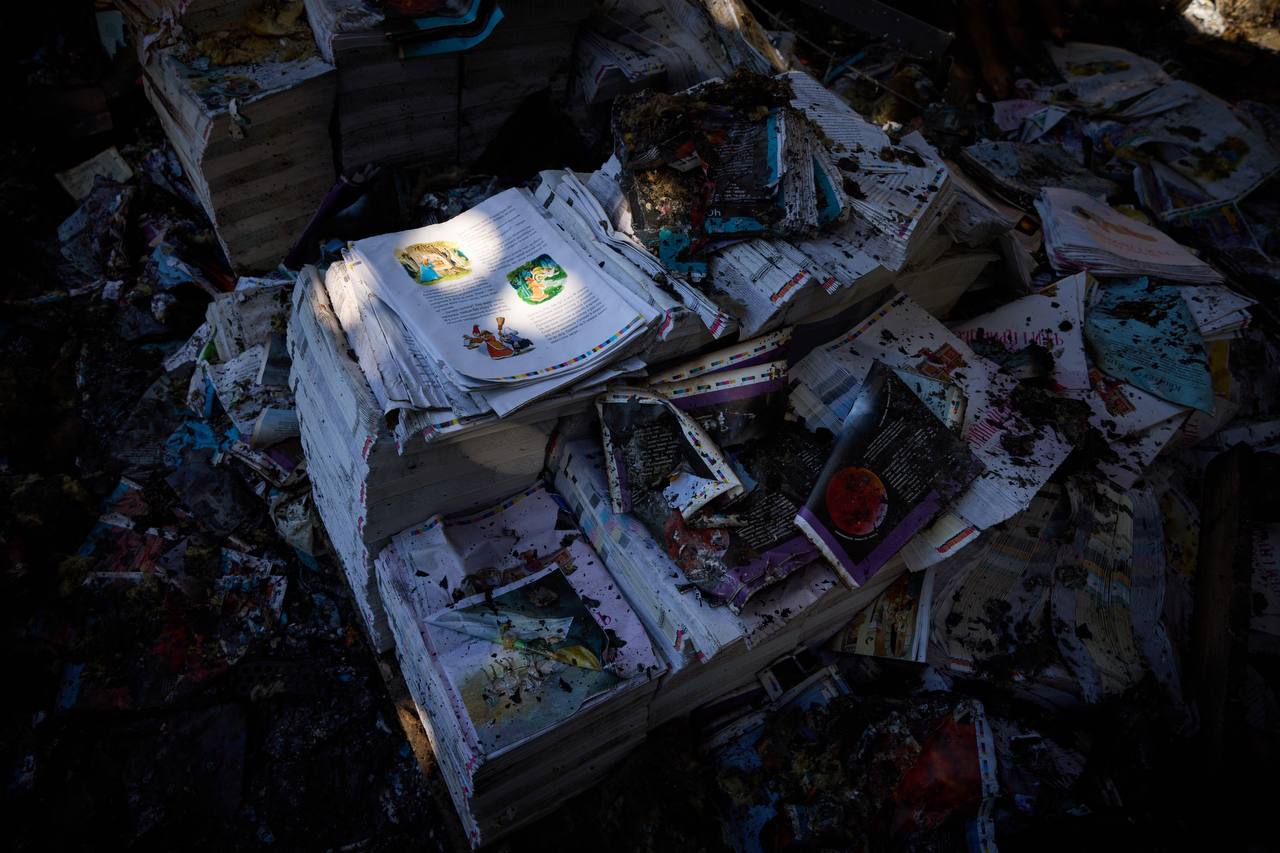* ESC - close the search window
printing
‘We want to make unique, unusual things’ The rise of colored book edges in Ukraine
08.09.2023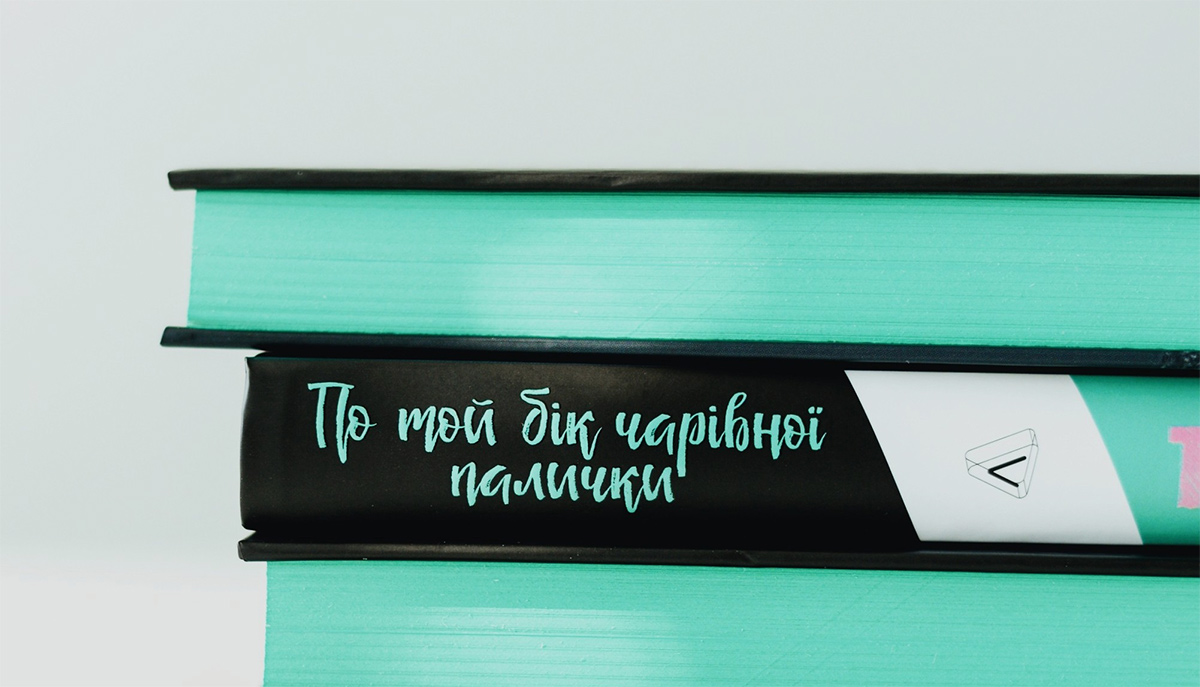
Innovative publishing decisions, especially the use of colored fore-edges (books with painted or printed designs on the page edges which become visible when the book is closed) are becoming more and more popular in Ukraine. They’re now featured not just in special gift editions but also in standard ones as well. Chytomo spoke to printers and publishers about the evolving tastes of Ukrainians in book design and the factors influencing these changes.
Printing shops can’t give a definite answer about how often publishers ask for colored fore-edges on books or how much it influences the overall cost. The Kolo printing shop notes that they receive orders for colored fore-edges once or twice a month, although the cost of it is relatively small: it increases the cost of production by 1 to 5%. Generally, publishers are leaning towards e unconventional design solutions, which ultimately impacts the cost.
The Huss family printing house specializes in producing value-added editions, which means all their books have adornments of some sort, including designer paper, various types of lamination and embossment, unusual binding techniques and so on. The printing shop has not noticed any significant changes in the demand for intricate designs, and they say the number of such orders from publishers has remained consistent since the beginning of the full-scale invasion.
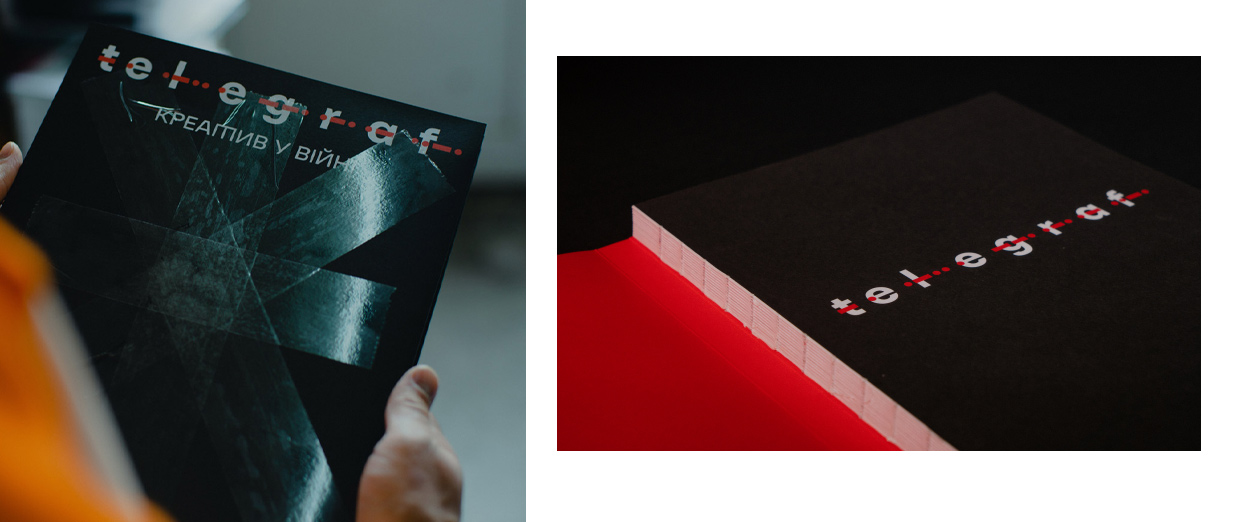 Telegraf. Magazine by Projector. Creativity of the Brave
Telegraf. Magazine by Projector. Creativity of the Brave
Unisoft Book Factory (a prominent Ukrainian book printing company based in Kharkiv – ed) confirms that colored fore-edges have recently become quite popular, and requests from publishers are gradually getting more complex. “Background coloring was enough earlier but now there is a demand for fore-edges paintings,” said Mykhailo Khrypak, Unisoft’s commercial director.
There have been no significant changes in the complexity and quality of book design. In recent years, the trend has been toward high quality production, with publishers being highly discerning about printing quality. While books shouldn’t be too expensive, they must be of good quality. Khrypak says that publishers rarely choose more expensive paper, gravitating instead toward printing books on high-quality paper that’s priced at the market average so as to not make the final product more expensive. Embossment and selective UV varnishing are fairly standard forms of book decoration, and publishers rarely choose other special effects because they significantly impact the book’s final price.
At the same time, there’s a consensus among printers that the split between hard- and paperback books is approximately 60% hardcover to 40% paperback.
Unisoft reports a ratio of 90% hardcover to 10% paperback.
The publishers say they try to create the most interesting book designs possible while keeping them affordable for a broad audience. Ivan Shkoropad, art editor at The Old Lion Publishing House (one of the main publishing houses in Ukraine – ed), shares that the publishing house rarely uses colored fore-edges, doing so mostly in cases when such design and idea are justified, and it accentuates the very essence of the book. “The quality of book design is most affected by the lack of or problems with the supply of design paper for the cover and book block. And in terms of additional design solutions, such as volumetric varnishing, rounded corners, embossment and so on,” he adds.
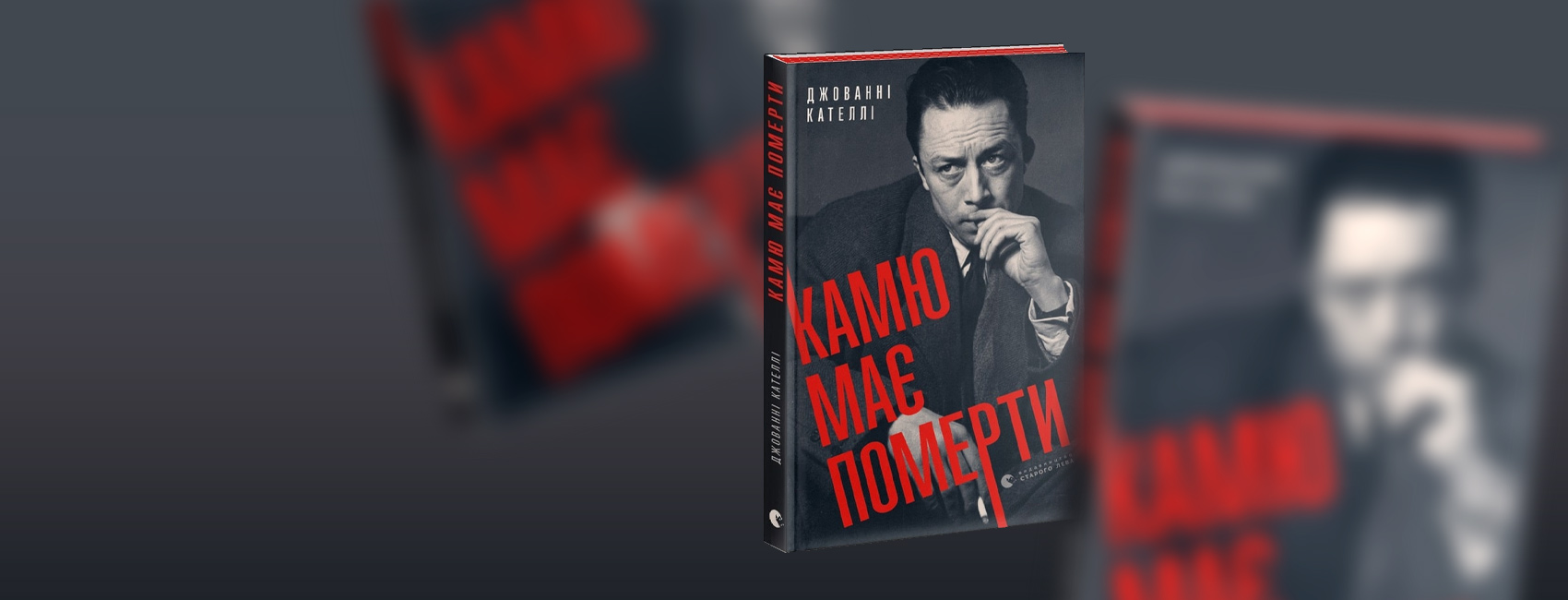
Death of Camus by Giovanni Catelli, The Old Lion Publishing House
Roman Konyk, deputy director for production at the Old Lion Publishing House, emphasizes that book production is a complicated technological process, and many factors influence its cost, from peculiarities of the construction and materials being used to the technical capabilities of the printing shops where the books are produced.
The general parameters of a print order have not changed, the publishing house notes, but it has now become necessary to plan additional techniques in advance, assess the cost and negotiate all technical matters in advance or decide against them.
“We do not usually use papercovers but in some books the concept or format have certain requirements, and then we make pseudo-integral covers, which allows us to make something between hardcover and a paper one,” Shkoropad says.
According to Konyk, the rate at which paper prices are rising has slowed significantly, enabling the more frequent use of high-quality paper.
The Laboratoria publishing house says that they have started to make colored fore-edges for the latest editions of new books where it was appropriate. “We haven’t produced many such books yet but we plan to make more because we’ve seen positive feedback from readers. Indeed, this increases the price of the book but the demand, as we have seen, does not decrease. That’s why we plan to continue doing this in the future. The only difficulty is the increase in price,” explains Iryna Yurchenko, the publishing house’s marketing expert.
 Beyond the Wand: The Magic and Mayhem of Growing Up a Wizard by Tom Felton, the Laboratoria publishing house
Beyond the Wand: The Magic and Mayhem of Growing Up a Wizard by Tom Felton, the Laboratoria publishing house
According to Yurchenko, the quantity of orders decreased during the large-scale war because Ukrainian publishers currently can’t afford to take additional risks. The average initial t print run has fallen to two thousand copies, and then, if needed, reprints of the most popular titles are ordered. Embossment and fore-edges are ordered where they are required due to the book’s design and concept.
Yurchenko says they are trying to keep a 50/50 proportion of hardback and paperback books in the first edition. “Reasonable prices are also very important for readers now, and we are doing our best to maintain them,” he says.
The Laboratoria publishing house has to print books on cheaper paper or prioritize what is currently accessible at printing shops now due to the martial law, she explains.
The Artbooks publishing house assures that they have been making colored fore-edges for five years now but readers have only noticed it a year ago when the first general audience publications (as opposed to children’s literature — ed.) with such a design were published. Before that, the publishing house had already published 30 books with colored fore-edges.
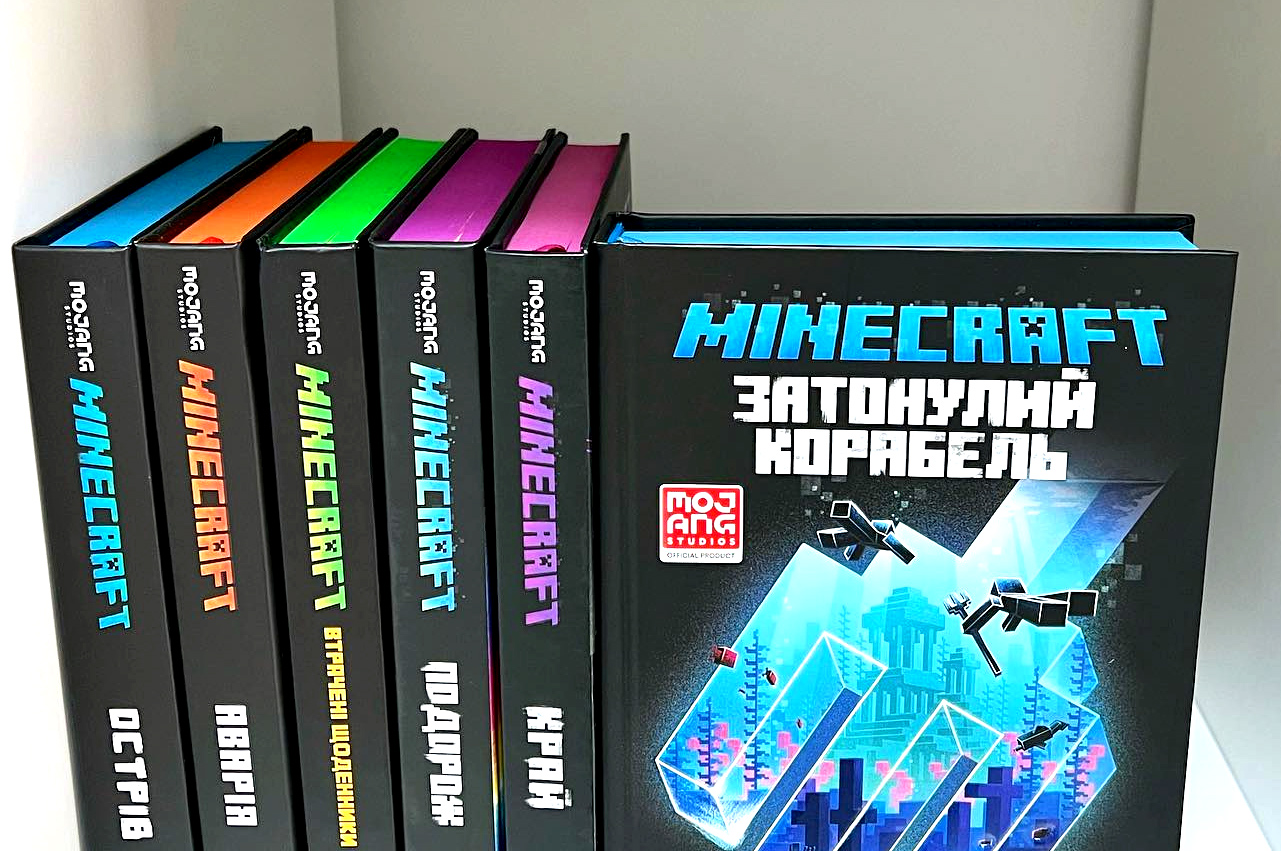 Minecraft books, Artbooks publishing house
Minecraft books, Artbooks publishing house
“We realized that adults are keen on having beautiful books, so we began to pay more attention to various innovative design techniques. Fore-edge painting is our main challenge now. We want to surprise our readers, and want every book to have a “wow-effect.” But we try to keep prices down at the same time so that our books can remain affordable,” said Hanna Pohlebayeva, founder of the publishing house.
Artbooks exclusively produces hardback editions because this is what publishers and partners expect from the publishing house.
From its inception, the publishing house has consistently adhered to the same standards, Pohlebayeva notes. At the same time, there is a desire to find new “tricks”, like fore-edges paintings “The general trends may have changed but we print the way we have always done. Ukrainian consumers deserve the best quality. We want to make unique , unusual things, so that a new book can always bring joy,” comments Pohlebayeva.
This publication is sponsored by the Chytomo’s Patreon community
the more you read, the greater the possibilities
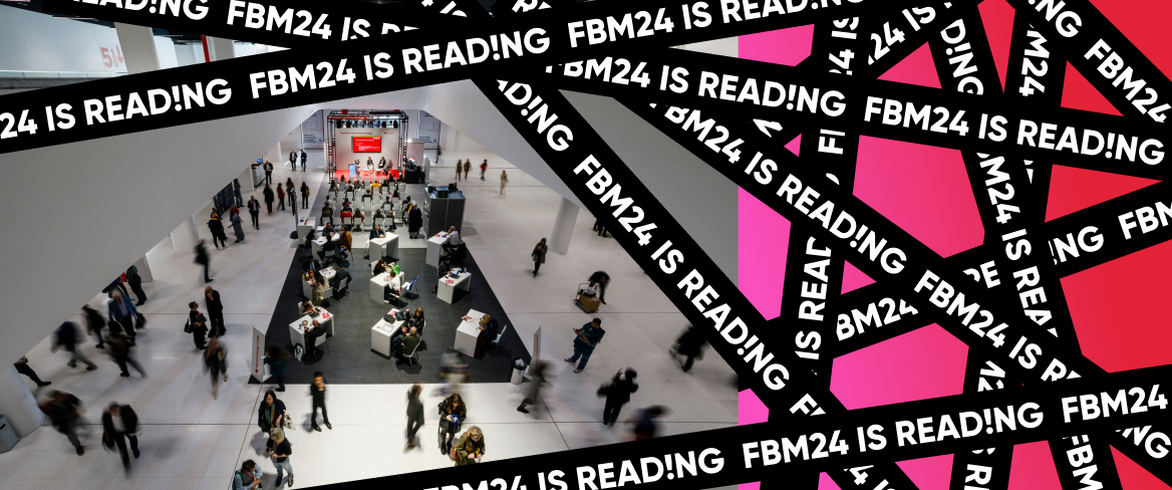
259
Armenia
The Special Program for Publishers from Ukraine and Neighboring Countries launched in Frankfurt
15.10.2024 - Iryna Baturevych

